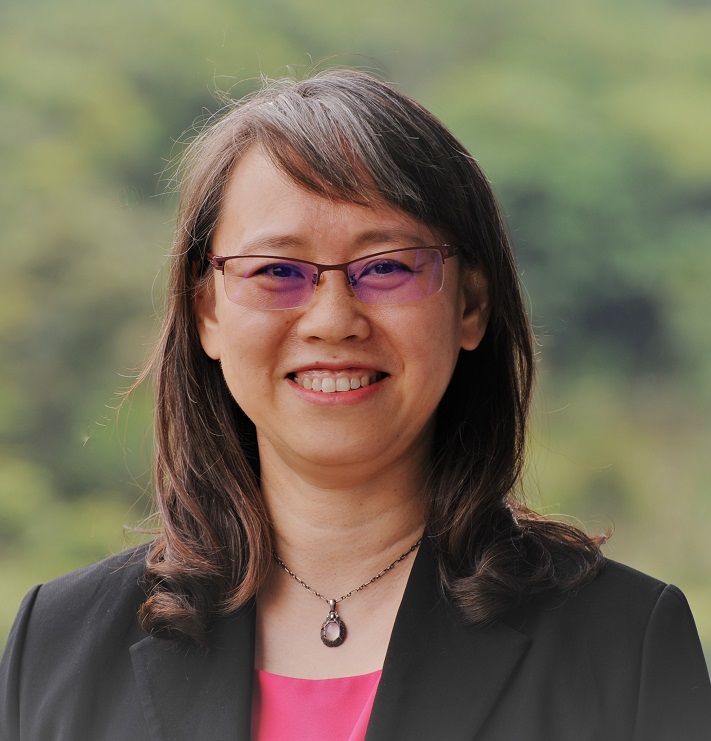Future Earth Taipei, was established in October 2015.
Center for Sustainability Science (CSS) in Academia Sinica, Taipei, assists the operation of the Secretariat of Future Earth Taipei to promote multidisciplinary, solution-oriented, and stakeholder-engaged sustainability research. There are 33 members in Future Earth Taipei, including scholars (those had been involved in Global Research Projects as well as scientists with expertise in health, nutrition, economics, social sciences, information technology, etc.) and stakeholder organizations (representatives of funding agencies, government agencies for adaptation and mitigation strategies, industries and NGOs). Regular meetings have been held to discuss the activities of Future Earth Taipei and strengthen the ties and interactions with domestic and international partners. Working groups corresponding to the different KANs have been established to connect our effort with a broader context of sustainability science addressed by Future Earth and facilitate the linkage with international networks.
Future Earth Taipei has organized a series of Future Earth events to promote sustainability science. Currently, we are closely collaborating with Future Earth Global Hub, Future Earth in Asia, and KANs (especially health, risk, SSCP, and WEF) to participate in the discussing of research priority setting, organizing capacity building programs and holding symposia/meetings.
Contact

Yue-Gau Chen
Chair, Future Earth Taipei

Shih-Chun, Candice Lung
Chair / Health Investigation and Air Sensing for Asian Pollution (Hi-ASAP)
Center for Sustainability Science
128 Academia Road, Section 2
Nankang, Taipei 11529